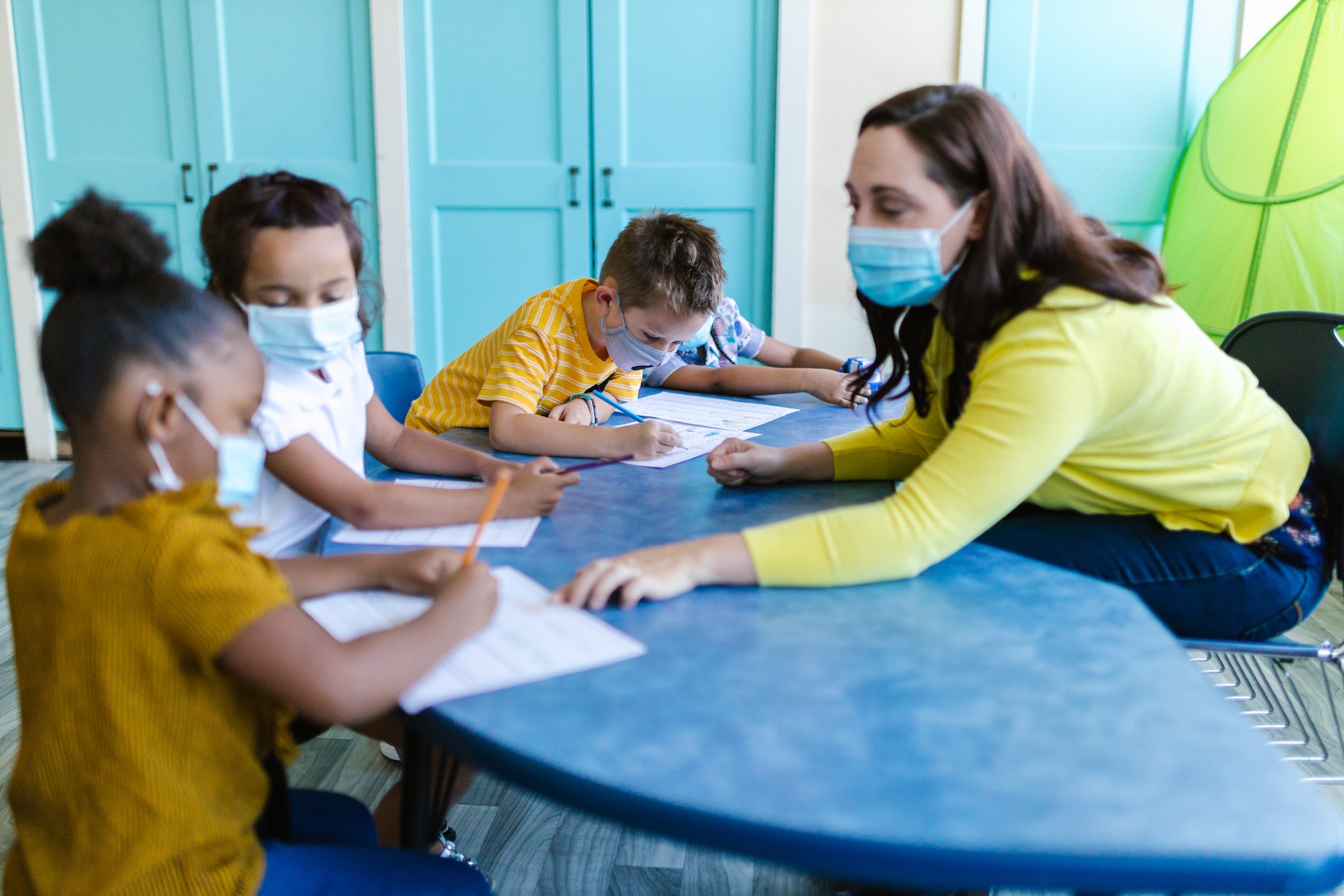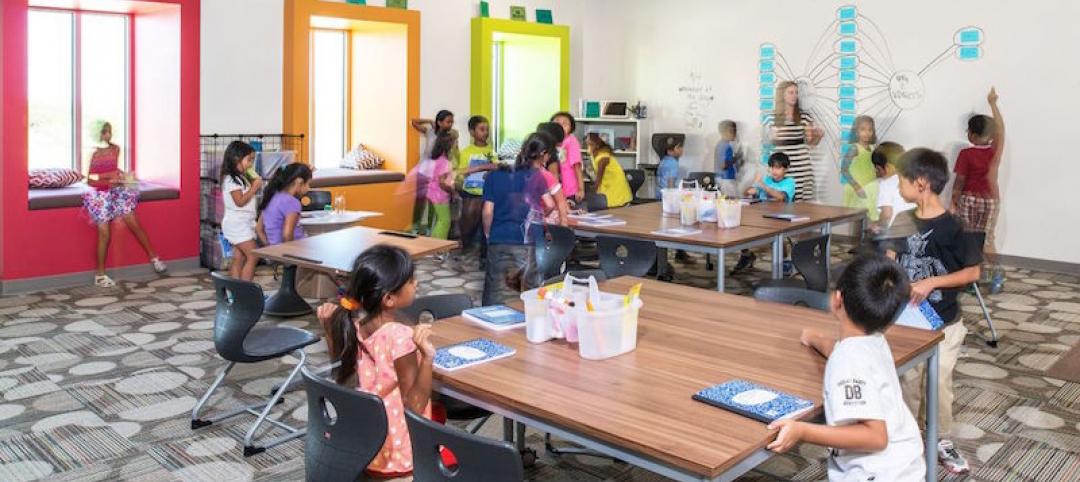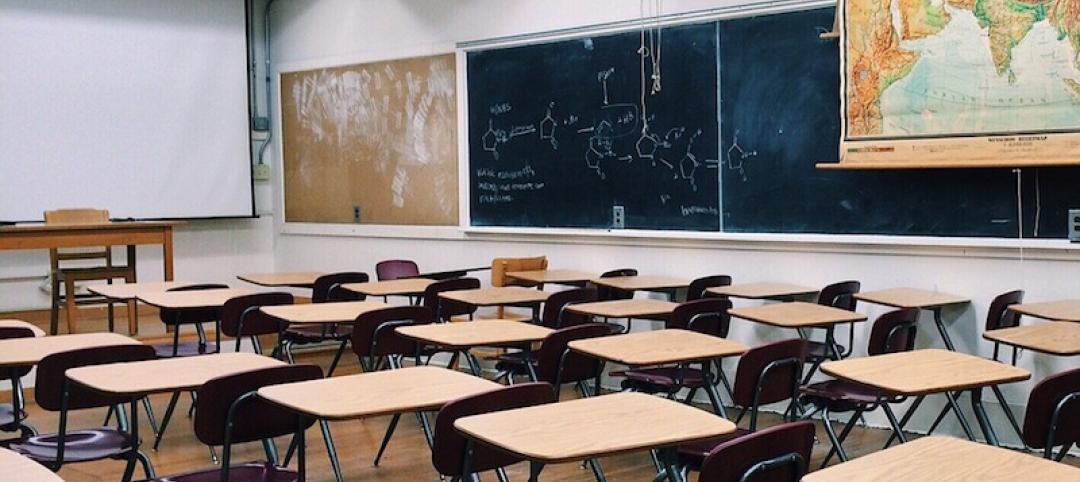California has allocated $4.1-billion to develop ‘community schools’ that have the potential to transform K-12 education.
The plan is to enrich schools in areas that struggle with poverty and other social ills to become neighborhood centers to meet the needs of students. These community schools will offer healthcare, mental health services, tutoring, and other social supports.
The aim is to break down barriers, such as hunger, anxiety and depression, racism, and housing insecurity, that detract from the ability of students to learn. Advocates say community schools could vastly improve educational outcomes. This new model is being expanded while a youth mental health crisis and intensified learning deficits are challenging educators after long, pandemic-forced school closures.
Some 268 districts across the state were awarded $649 million in grants for schools in the early stages of planning or for districts further along or seeking to expand. The L.A. Unified School District, which already had 31 community schools, received $44 million. Relatively few schools nationwide—an estimated 5,000—follow the community school model. Some studies have found that well-run community schools lead to better attendance, fewer discipline problems and chronic absences, and better communication with families.
Related Stories
K-12 Schools | May 16, 2017
The future of schools: Net zero should be the norm
Students are helping drive change by focusing on the future.
K-12 Schools | May 1, 2017
Seattle’s first vertically-oriented middle school breaks ground
The building will provide 74,289 sf of space across its five-story classroom bar.
K-12 Schools | Apr 21, 2017
The stadium effect
School districts that invested in their athletic facilities over the last few years have seen a tremendous increase in student morale and health, growth in campus culture, and excitement within their communities.
K-12 Schools | Apr 7, 2017
Is an alternative project delivery method right for your K-12 school district?
With California’s increasingly busy—and costly—construction market, it’s becoming more difficult to predict costs with a typical design-bid-build delivery method.
K-12 Schools | Mar 9, 2017
The future of education facilities: Creating spaces where learning happens everywhere
The art of designing schools lies not in just understanding what makes a functional classroom, but in how successful we are in creating a wide array of educational options for teachers and students within the school environment.
K-12 Schools | Mar 9, 2017
School branding: The impact on identity and engagement
What is school branding and why is it important? HMC Architects’ James Krueger and Barbara Perez weigh in on the topic.
K-12 Schools | Feb 22, 2017
Through the principal's eyes: A look at K-12 architecture
Anderson-Livsey is a K-5 school located about 30 minutes East of Atlanta in Gwinnett County and has an enrollment of 785 students.
K-12 Schools | Feb 8, 2017
'Fabrication Hall' introduces Wyoming high school students to career paths
The hall offers bountiful natural light with enough space to build large-scale projects.
Architects | Jan 19, 2017
Harley Ellis Devereaux merges with Deems Lewis McKinley
The combination is expected to bolster HED’s presence in northern California and the K-12 sector.
K-12 Schools | Dec 14, 2016
Expanding possibilities for America's K-12 schools
Bigger buildings, more outdoor space, and greater involvement from the private sector are among the trends marking the new generation of schools.

















